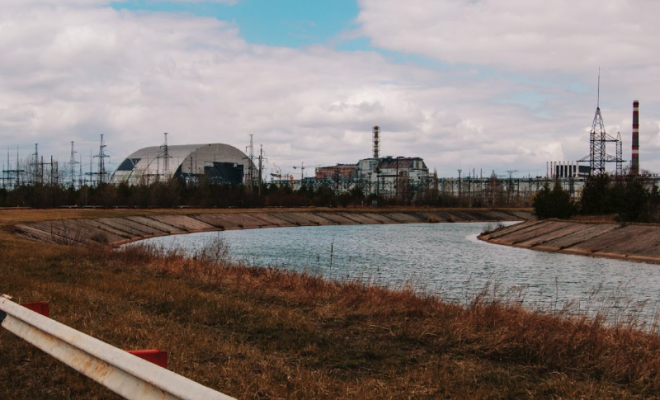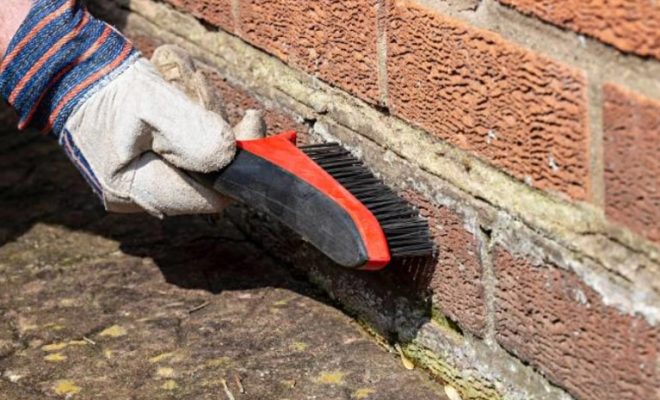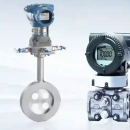Environmental Considerations When Working with Fort Myers Underground Utilities

Introduction
Utility work in Fort Myers must balance infrastructure needs with environmental protection because coastal and freshwater systems are sensitive to sediment, pollutants, and altered hydrology.
Do environmental scoping up front
Identify nearby wetlands, waterways, and protected habitats before you design or excavate. Scoping determines erosion control, spill prevention, and permit needs and guides method selection for Underground Utilities work.
Minimize soil exposure and erosion
Keep excavations as small as practical and use silt fences, sediment basins, and stabilized access routes. Exposed soils are the primary source of sediment that harms downstream water quality and habitats.
Prevent contamination during operations
Store fuels and chemicals away from drainage paths, use secondary containment, and stage pumps so potential leaks cannot reach waterways. Fuel and hydraulic spills near utilities are immediate regulatory and environmental liabilities.
Prefer trenchless methods in sensitive areas
Horizontal directional drilling and other trenchless techniques reduce surface disturbance, protect tree roots, and maintain ground cover. Trenchless methods often cost more initially but avoid habitat damage and expensive restoration.
Manage dewatering responsibly
If groundwater removal is necessary, treat and monitor discharge. Use settling tanks and filtration to reduce turbidity and contaminants before discharge into storm drains or natural waters to meet regulatory standards.
Protect green infrastructure and tree roots
Avoid heavy equipment in critical root zones and protect existing rain gardens, bioswales, and trees that contribute to stormwater control. Preserving green infrastructure supports long-term drainage performance and urban cooling.
Coordinate with environmental regulators early
Engage agencies before you finalize plans; early coordination clarifies permit requirements and allowable mitigation measures. That reduces approval delays and aligns construction practices with regulatory expectations.
Document environmental safeguards and restoration
Record spill containment locations, dewatering routes, and restoration actions in the as-built package. That documentation supports compliance and demonstrates responsible management of Fort Myers Underground Utilities projects.
Train crews on environmental responsibilities
Field crews should understand quick containment steps for spills, proper material storage, and how to minimize erosion during work. Training reduces incidents and shows regulators that the team is proactive.
Conclusion
Environmental stewardship and utility work go hand in hand in Fort Myers. Design to minimize impact, choose appropriate excavation methods, and manage dewatering and contaminants carefully to protect both infrastructure and the ecosystems that depend on it.
Leave a reply
You must be logged in to post a comment.














